Convert, edit, and compress videos/audios in 1000+ formats with high quality.
How to Add Animation to PowerPoint: 2 Doable Ways with Tips!
One of the things you need to consider in catching audiences’ attention and making your PPT presentation engaging is adding animations to it. Considering this, you can make the subject of your presentation easy to understand. Since you are here, you are probably looking for a way to do it. Well, then continue reading this post, for it features 2 workable ways how to add animation to PowerPoint and useful tips! So, without further ado, start diving below.
Guide List
The Default Way to Make and Add Animation to PowerPoint Easier Way to Create Stunning Animations for PowerPoint Tips on Adding Animations to PowerPoint FAQs about How to Add Animations to PPTThe Default Way to Make and Add Animation to PowerPoint
Microsoft infused tons of animation effects on PowerPoint. Each of these animations offers different effects you can add to your presentation. Moreover, some options let you modify the animation’s display duration, delay, when the effect should start, etc. So, how to add animation to PowerPoint? Here are the steps you must follow:
Step 1Launch the PowerPoint on your computer and access the presentation and slide you want to add an animation. Then, select a text or object you want to animate and click the "Animation" tab above to access the program’s offered effects.
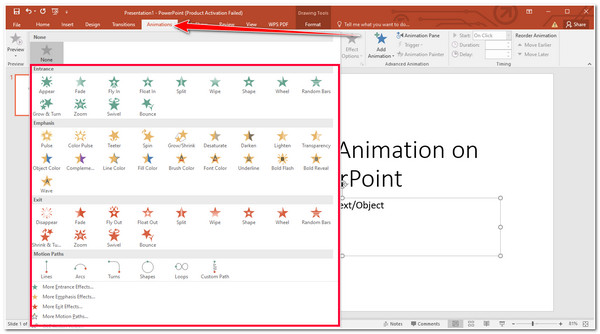
Step 2From the list of effects, you can try each of them and see which one suits your presentation. Then, if you want to animate the object further, you can access the chosen effect’s "Effect Options" option and choose from the list which one you prefer, "Float Up or Float Down".
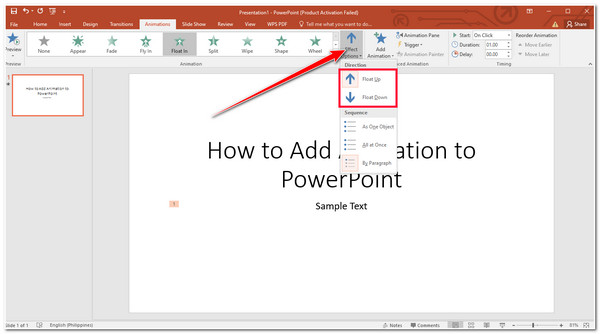
Each animation comes with different effect options. You can always access "Effect Options" to add another effects layer or modify the animation.
Step 3Afterward, head to the "Timing" section, specifically the "Duration and Delay" options. Here, you can modify how long the animation will display. You can pause between effects using the "Delay" option by entering the required seconds.

Step 4Next, in case you add another object and have already embedded an animation in it, you can also specify when this animated object will move. To modify this, head to the "Reorder Animation" and select either the other object will "Move Earlier" or "Move Later".
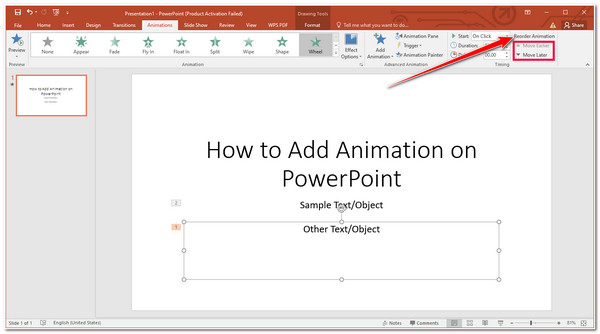
Step 5Once you are satisfied with how your animation works after performing the above steps, you can also set the "Trigger, when will Start the animation, Sequence under the Effect Options" and so on.
Easier Way to Create Stunning Animations for PowerPoint
That’s it! Those are the steps on how to add animation to PowerPoint. If you want an easy way to create text or object animations, like GIFs, you can use the professional 4Easysoft Total Video Converter tool. This Windows and Mac-compatible tool supports a GIF Maker feature that lets you create a GIF from video and photo. Additionally, this tool is equipped with an editing feature that you can use to edit videos. These editing features include rotator, cropper, add effects, filter, watermark, etc. Furthermore, this tool’s GIF Maker supports an intuitive interface and easy-to-use options/features to help you finish creating GIFs quickly!

Provide an intuitive preview that lets you see GIF creation in real-time.
Offer a trimmer feature that lets you cut the video’s parts before turning it into a GIF.
You can set the frame rate higher to acquire a smooth GIF quality.
Let you choose whether you want to loop the GIF to continue playing
100% Secure
100% Secure
How to Create Stunning Animations Using 4Easysoft Total Video Converter and How to Add Animated GIFs to PowerPoint After Creating One:
Step 1Download and install the 4Easysoft Total Video Converter tool on your Windows or Mac computer. After that, launch the tool, click the "Toolbox" tab, and select the "GIF Maker" option.
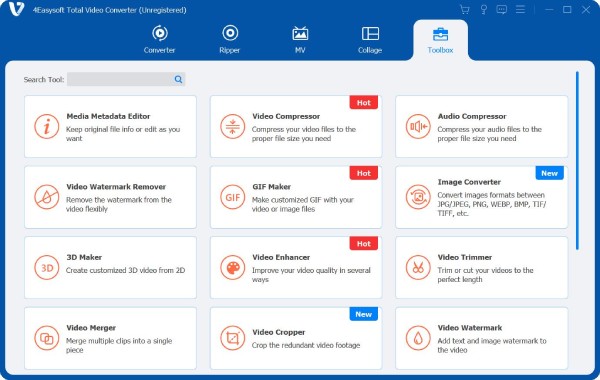
Step 2Then, select from the options "Video to GIF" or "Photo to GIF", the one you prefer, and import the file you wish to turn into GIF.
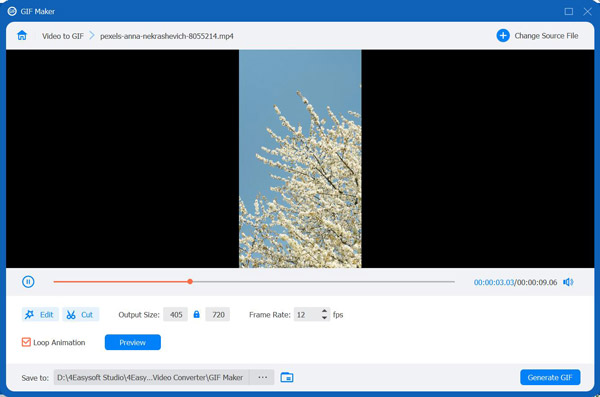
Step 3If you want to turn a video into a GIF, you can edit it using the tool’s editing features. Click the "Edit" button with the "Starwand" icon, and on the new window, you can modify the orientation, add effects, filters, watermarks, etc. You can also set Output Size and Frame Rate.
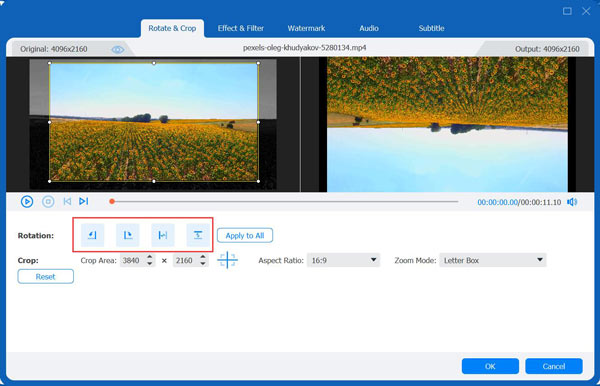
Step 4Otherwise, if you wish to turn the photo into a GIF, you can change and set its resolution, frame rate, zoom mode, and turn on/off loop animation. Once you set up your GIF, export it by ticking the "Generate GIF or Export" button.
Step 5Once the saving process is done, you can add it to the PowerPoint by accessing the slide where you wish to add it, ticking the "Insert" tab from the ribbon, and selecting the "Pictures" option. Then, click the "Insert Picture From" button to import the created GIF.
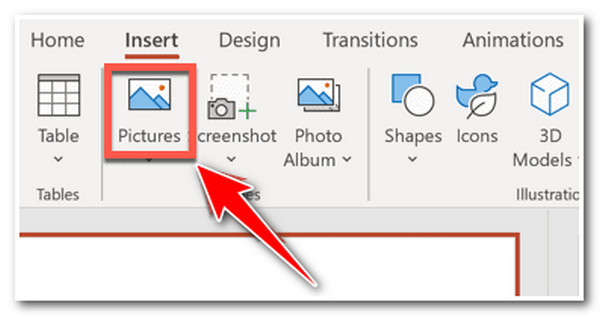
Tips on Adding Animations to PowerPoint
There you have it! Those are the 2 workable ways how to add animation to PowerPoint! Sometimes, adding too many animations to your presentation might distract your audience. Apart from that, it might also bother them while you are presenting your PowerPoint. So, here are some tips you need to consider when adding animations.
1. Utilize Animation to Support Your Presentation’s Message and Purpose
Ensure that you use the animation to support the purpose of your presentation rather than using it as a decoration. If you are not using animations as part of your presentation purpose, it might distract the audience. You must use animations to help you deliver key points.
2. Don’t Overuse Animations/Effects/Slides
Avoid using too many animations, slides, or effects. When you use too many unnecessary animations, slides, or effects, it might confuse your audience. It would help if you plotted where and which slide/s you think is suitable to add animations.
3. Utilize Suitable Effects
Avoid utilizing inappropriate effects in your presentation. It would help if you used smooth animations when presenting a subject in a professional environment. On the other hand, you can use those lively animations in an informal presentation.
FAQs about How to Add Animations to PPT
-
How to add multiple animations to one object in PowerPoint?
To add multiple animations on one object, tick the object to which you have already applied effects, click the Add Animation button, and select another effect. And that’s it!
-
How to add animated icons in PowerPoint?
To add the animated icons to PowerPoint, navigate to the presentation slide where you wish to insert the animated icon, tick the "Insert" tab from the ribbon, and select the "Pictures" option. Then, click the "Insert Picture From" button to insert the animated icon on your presentation.
-
Can I add sound effects to animations in PowerPoint?
Yes, you can add sound effects to animations by selecting the object with the applied animation. Then, go to the "Animations" tab, tick the "Animation" Pane, and then add a sound effect from the "Effect Options" menu.
Conclusion
That’s it! Those are the 2 workable ways how to add animation to PowerPoint and useful tips. After reading this post, you can make your presentation engaging and catch your audience’s attention. Now, if you want to create a GIF animation from a video or photo, you can use the professional 4Easysoft Total Video Converter tool! Using this tool’s advanced GIF Maker, you can easily turn a short video and photo into an animated GIF, which you can use and add to your PowerPoint presentation! To discover more about this tool, visit its official website today!



